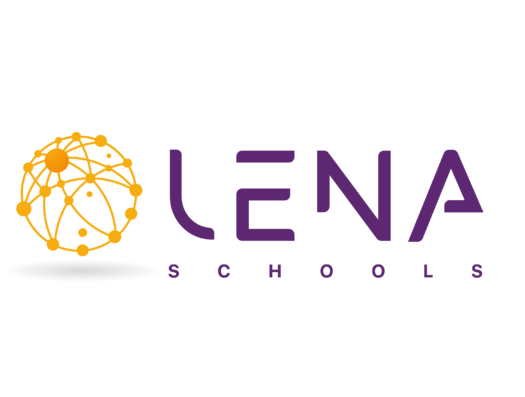What is a Virtual Reality Designer (VR)?
Companies today produce more than just goods and services. They also deal with how the object interacts with its surroundings and users, showing the benefits that the user might derive from the experience by giving it some significance. The development of virtual reality opens up a new area for investigation in this discipline.
The innovative ideas being researched in the sectors of aviation, automobiles, high-tech, luxury, banking services, healthcare, hospital systems, etc. are extremely complicated in terms of interaction, integration, or idea, and before they are put into practice, they must be conceptualized, thought of, produced, and virtually simulated.
For instance, building an autonomous car’s infrastructure will require building vehicle stations in cities, imagining not only how to use the vehicles but also how to use the city (passer-by recognition, interacting with other vehicles, etc.). The scenario to think about, construct, portray, and mimic in virtual reality will include all of this intricacy.
What are the tasks and responsibilities of a Virtual Reality Designer?
By utilizing all the options provided by the 3D tools, the virtual reality designer creates the user experience in a collaborative setting. Holograms, augmented reality, virtual reality, immersion…
While certain experiences will be integrated into our reality, others will remain in the virtual realm. The 3D offers simulation opportunities with scales, expenses, and perilous circumstances that are impossible to approach in the actual world: modeling of crowd flow, nanorobot surface behaviors, nuclear plant emergency systems, and flight simulators.
The virtual reality designer will be able to employ design principles to create the 3D products and services of the future, as well as the experiences of their use in simulated real-world settings, thanks to his perfect mastery of the 3D tools. But before beginning the construction of these 3D experiences, he will also demonstrate how to skew these tools in order to realize, prototype, and create them.
Virtual Reality Designer Salary and Job Outlook
Virtual technology experts are increasingly in demand on the market as these technologies are actively being developed and improved. Additionally, the range of these professionals’ expertise extends beyond the creation of games and entertainment. In commerce, education, medicine, engineering, and even the military, VR and AR technologies are used. Perhaps you ought to think about a job as a VR designer.
The average annual salary for a VR developer in the US is $86,935 as of May 2023.
In case you need a quick pay estimator, that comes out to about $41.80 per hour. This amounts to $7,244 per month, or $1,671 per week.Developer pay presently ranges from $58,000 (25th percentile) to $113,500 (75th percentile), with the top earners (90th percentile) in the United States receiving $135,500 annually.

